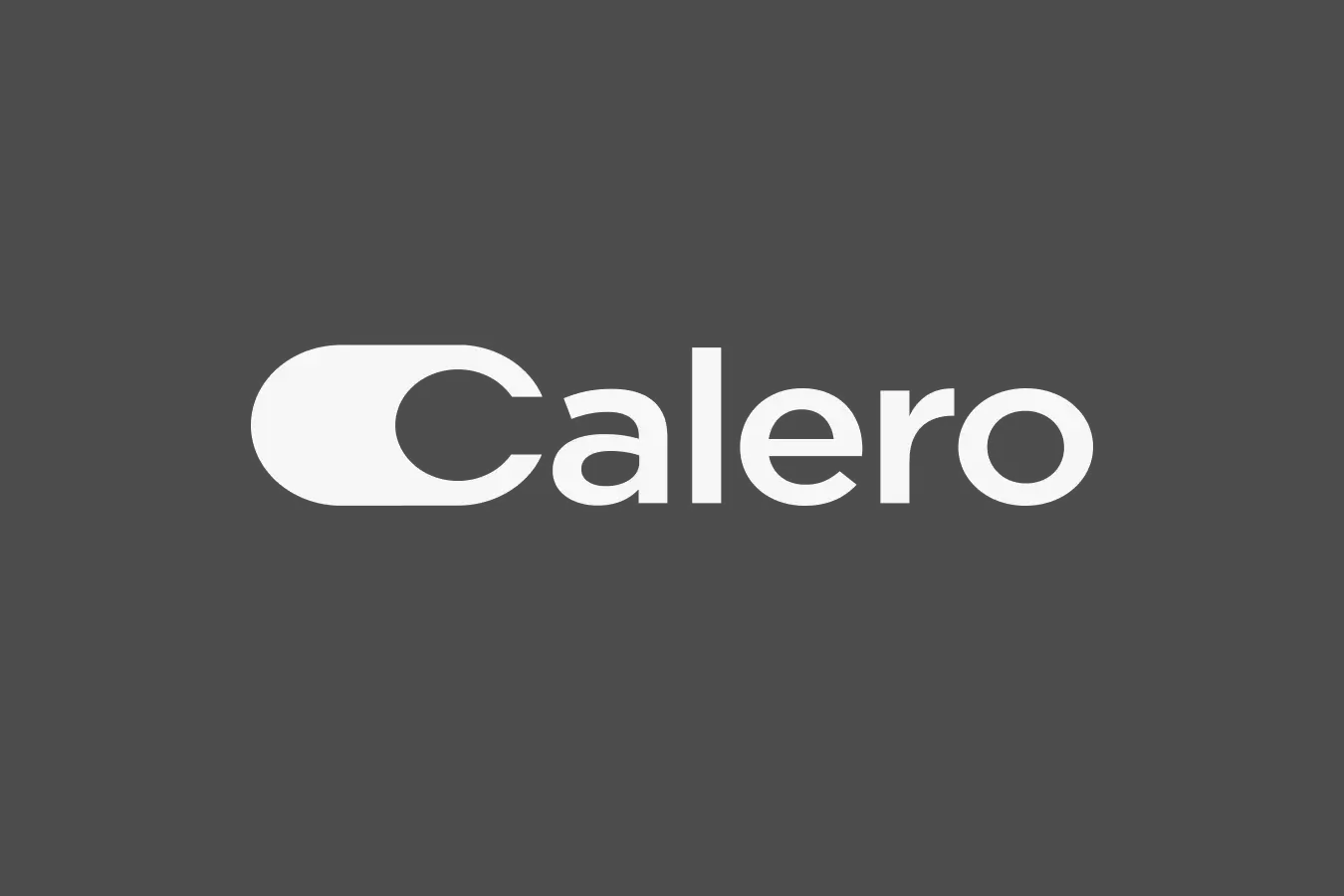In the IT asset lifecycle, Move, Add, Change, Disconnect (MACD) describes a set of tasks that technology departments regularly perform to keep products and services up to date. The acronym stands for the following:
- Move: Transfer products or services to another location.
- Add: Add new products or services.
- Change: Change products or services to a new or updated version.
- Disconnect: Remove existing products or services that are no longer needed.
MACD management is a fundamental part of Technology Expense Management because it helps companies streamline the IT asset lifecycle by keeping track of equipment and services and keeping them up to date.
How MACD Impacts Inventory and Business
With frequent business changes, it is challenging to track inventory needs in-house. There are several different scenarios when an employee may require additional technology equipment and service packages:
- An employee joins a company or leaves a company
- An employee requires additional or upgraded services for their job
- An employee gets transferred to a different department
In an enterprise environment, products and services are often added or disconnected on a daily basis, making it necessary to have a system to track and manage all of the moving parts and implement best practices when it comes to expense management.
For example, if an employee with a company cell phone and unlimited data plan leaves their job, there must be a process in place to disconnect the plan quickly and efficiently. Otherwise, the company will receive an unnecessary charge on the next billing cycle. Charges like this can add up to wasted money over time and affect the bottom line.
The Benefits of MACD Management
For enterprises looking to maximize their time and resources, there are several benefits to using a MACD management service:
- Bill reviews are completed based on MACD activity to ensure services were assigned to the correct bill. This includes effective end date for disconnects, begin date for installs, and inventory changes such as bandwidth increases.
- Contractual agreements are captured to ensure services are billed correctly.
- Cost savings driven by price shopping and comparison for new services, even prior to implementation.
- Order progression tracking to ensure deadlines are met and prevent costly expedited requests.
Managed Service: An All-in-one Platform
Managed Technology Services offers an all-in-one solution for enterprises with complex technology infrastructure. Technology stakeholders must manage service contracts, invoices, and keep track of the allocation of equipment and services, which is difficult to manage in-house. To successfully navigate this landscape, enterprises need a professional team who knows the ins and outs of expense management and can find the most savings over time.
Doing this work in-house may appear more affordable, but when you factor in the cost of an employee’s time and the oversights made due to lack of time and resources, it becomes more economical to hire a professional. In fact, large enterprises have seen cost-savings in the millions by using a MACD management service.
The Lifecycle of TEM
It’s important to think about the entire lifecycle of technology expense management when choosing a provider. This includes invoicing to data analysis to tracking inventory, audit provisioning, payment processing and reporting. A TEM platform can track, communicate, report, attribute, and provide status updates of the end-to-end process.
A full-service expense management provider not only handles the drudgery of invoice processing, but they can dispute billing errors and manage inventory as it relates to MACD. By outsourcing TEM to a team of experts, technology stakeholders save time, money, and valuable resources within the enterprise.



